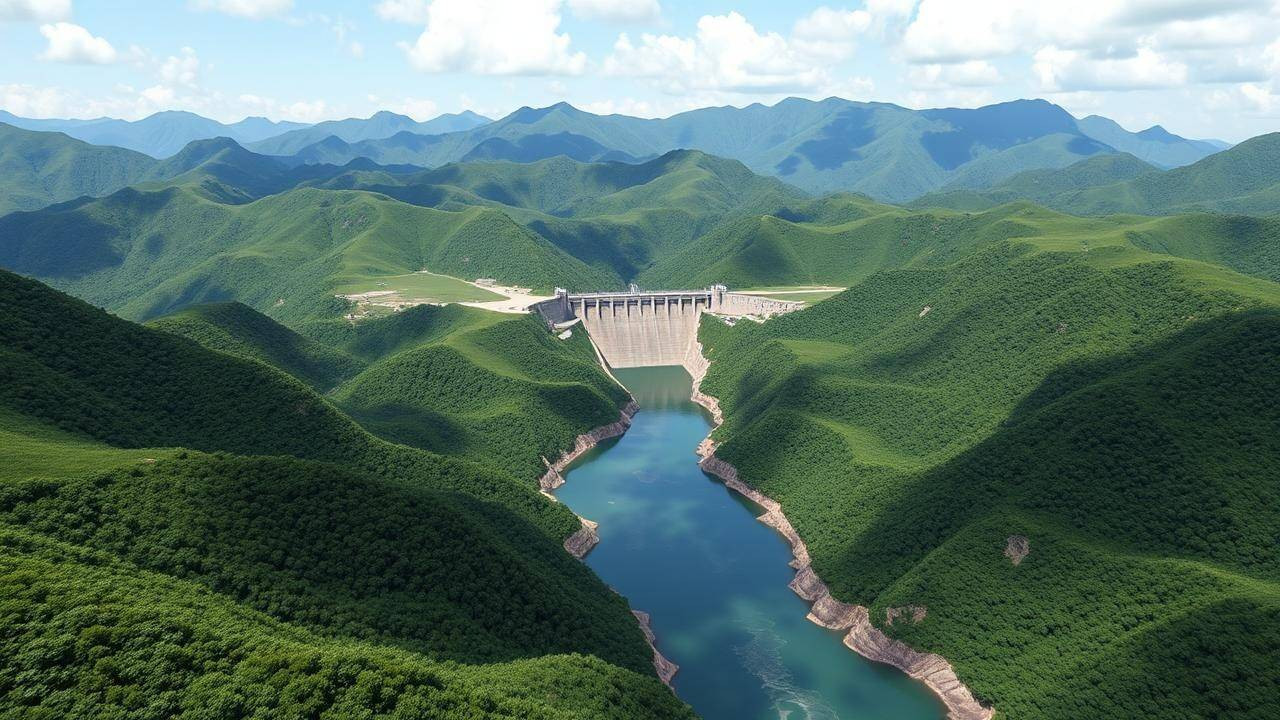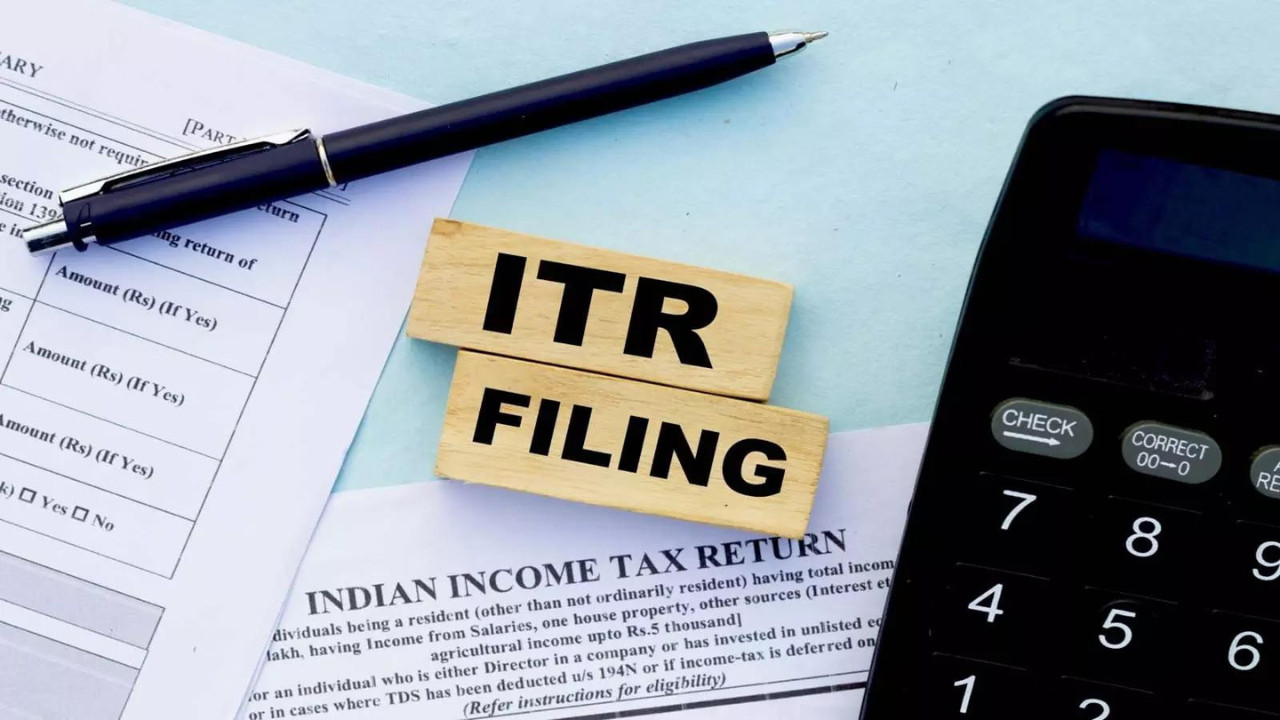The Union government has approved an investment exceeding Rs 8,000 crore for Arunachal Pradesh’s power and infrastructure. The 700 MW Tato-II Hydro-Electric Project in Shi Yomi district is expected to be completed in 72 months. This project aims to generate 2,738.06 million units of energy, strengthening electricity supply and balancing the national grid.
Powering Up Progress: The Tato-II Hydro Project and Arunachal Pradesh’s Future
The winds of change are blowing strong in Arunachal Pradesh, carrying with them the promise of progress and prosperity. The Indian government has just given the green light to the ₹8,000 crore Tato-II hydroelectric project, a move poised to reshape the region’s energy landscape and boost local development in significant ways. But this isn’t just another infrastructure project; it’s a story of ambition, sustainable development, and a brighter future for the people of Arunachal.
So, what’s all the buzz about? Let’s dive into the details of this ambitious endeavor.
A Hydroelectric Powerhouse in the Making
The Tato-II project is more than just concrete and turbines; it’s a carefully planned initiative designed to harness the power of the Siang River. With an estimated generation capacity of 700 MW, this project is set to become a crucial contributor to India’s renewable energy mix. What’s truly exciting is that Arunachal Pradesh will receive 12% of the power generated free of cost. Think of the possibilities! This free power can fuel local industries, electrify remote villages, and drastically improve the quality of life for countless residents.

The project’s approval signifies a strong commitment to clean energy and sustainable development. It’s a step away from reliance on fossil fuels and a leap towards a greener, more sustainable future for the country. Furthermore, initiatives like these showcase how India is committed to meeting its climate change objectives.
Beyond Electricity: Local Development at the Forefront
The benefits of the Tato-II project extend far beyond just electricity generation. This initiative is envisioned as a catalyst for comprehensive local development. The project aims to bring much-needed infrastructure improvements to the region, including better roads, bridges, and communication networks.
Imagine the impact on local communities. Improved infrastructure facilitates better access to markets, healthcare, and education. It can also open up new opportunities for tourism, boosting the local economy and creating jobs for the youth. The ripple effects of such development can transform the lives of people in the region for generations to come.
The project’s developers also plan to prioritize local employment during construction and operation. This will provide valuable job skills and economic empowerment for the local population. Moreover, the project is expected to generate significant revenue for the state government through taxes and royalties, further fueling development initiatives.
Navigating Challenges: Environmental Considerations and Sustainability
Of course, a project of this scale comes with its own set of challenges. Careful environmental impact assessments and mitigation strategies are crucial to minimize any adverse effects on the region’s delicate ecosystem. Concerns about displacement of local communities need to be addressed with utmost sensitivity and fairness, ensuring that affected people are adequately compensated and resettled.
But the commitment to sustainability goes beyond just mitigating negative impacts. The project emphasizes responsible water management and the implementation of best practices in construction and operation. By integrating environmental safeguards and promoting community participation, the Tato-II project can serve as a model for future hydroelectric projects in the region. This collaborative approach ensures the region is not only powered with electricity but also with a strong sense of shared responsibility.
Arunachal Pradesh: A Beacon of Renewable Energy
The Tato-II project is not an isolated event; it’s part of a larger vision to transform Arunachal Pradesh into a hub for renewable energy. The state has immense potential for hydroelectric power generation, and projects like Tato-II are paving the way for realizing this potential.
Other hydro projects in the region include the Dibang Multipurpose Project. Learn more about how large-scale projects drive sustainable growth in the northeast.
By harnessing its natural resources responsibly, Arunachal Pradesh can become a major contributor to India’s energy security and a shining example of sustainable development in the Himalayas. The state can export surplus power to other regions, generating revenue and boosting its economy.
A Future Powered by Promise
The approval of the Tato-II Hydroelectric Project marks a significant milestone for Arunachal Pradesh. It’s a testament to the government’s commitment to sustainable development and the empowerment of local communities. This project offers a pathway towards a brighter future, one powered by clean energy, driven by local development, and fueled by the aspirations of the people of Arunachal Pradesh. The benefits, both direct and indirect, promise a significant positive shift in the state’s trajectory, setting an example for responsible resource utilization and community upliftment.







